- Rule, Britannia, no more?
- Unpopular Opinions: US Quadball Cup 2023
- Proven Contenders: University of Virginia
- Proven Contenders: Rutgers University
- Proven Contenders: University of Michigan
- Proven Contenders: Creighton University
- Different Perspectives: A Look Inside USA Ultimate
- Antwerp QC, Much of Belgian Core, Leaves Competitive Quidditch
Round Table: Regional Predictions
- By Kevin Oelze
- Updated: October 29, 2014
With the first regional championship of the season slated for this weekend, we took the time to catch up with some of our writers and get their opinions on a few questions relevant to the current quidditch atmosphere.
Which hype train are you riding and why?
Devin Sandon: I’m definitely on the Tufts hype train right now. In the Will They or Won’t They article, I predicted that Tufts would see Matt Carderelli step up and fill Michael Sanders’ shoes while their young chasers developed. To some extent, I think Oktoberfest bore out my prediction. More than that though, that weekend showed that Tufts has far more depth than might have been expected at male beater; that their female chasers are the toast of the East Coast; and that they are a smarter and more adaptive team than we’ve been giving them credit for. In their first game against Maryland at Oktoberfest, they found themselves down 50-20 before reaching to 60-60 before the pull. Going into the final, they showed what they had learned from the first game by running out to a 50-10 lead. The one remaining question for Tufts has been that of seeking, but Greg Bento has taken huge strides and looked very strong for Tufts. With their young roster having six months to develop and their location allowing them to once again play one of the most competitive schedules in the game, I fully expect Tufts to make a deep run at World Cup.
Dan Hanson: Lone Star. There are a lot of deserving champions on that team. Diamond Cup showed that they have a lot to figure out, but if I trust anyone to adapt, it is both the most experienced and talented team in the world.
Noah Schwartz: Has the Silicon Valley Skrewts hype train left the station yet? No. OK. Let me go ahead and buy one of those tickets then. While the LA Gambits and the Lost Boys will certainly provide good competition, I think by the time the West Regional Championship rolls around the Skrewts will be the overwhelming favorites to win the title and will be more than good enough to live up to the (eventual) hype. With Team USA’s Kyrie Timbrook to once again anchor the defense, the continued inclusion of talented chaser Alex Makk and the well-noted addition of Chris Lock, this Skrewts team is the same team that survived to the Sweet 16, with two notable exceptions. They have more big-game experience and a fresh influx of talent. If you’re looking for a hype train that is steady as they come, the Skrewts are the one to go with. You know what? I think I’ll take two tickets, actually.
Sean Pagoada: All aboard…the Tufflepuffs hype train! Tufts might not have the athleticism seen in most of the top teams, but after watching their Oktoberfest finals match against Maryland, they have plenty of solid tactics up their sleeve along with a few standout players to match up with the best. I do think Maryland has been overhyped after seeing drives to the hoops that could not be finished, among other things, but they were still the more athletic team. Had Tufts not made efficient use of the 1.5 strategy, along with a two-male beater set for the first 10 minutes, Maryland would’ve trampled Tufts with the quaffle depth. Tufts has an identity established early in the season and will only continue to expand on it.
Kevin Oelze: As much as I want to use my space here to debunk everything Schwartz said, instead, I’m going to find my own hype train and keep my seat as the conductor of the Massacre hype train. Despite ranking Tufts higher than them right now, I still think the Boston community team has the most talent of any team in the Northeast, which I have rated as the second best region in the country. I’m not convinced they’ll put it all together by the Northeast Regional Championship, but I’m on this train for the long haul, and by World Cup, this is going to be a team nobody wants to face.
What do you think the relationship between Canada and USQ should be?
Oelze: I’m going to pull a Sarah Kneiling, and point out that I’ve said since the split was announced that Canadians are the people who will suffer the most from the change. I still think this is true. That being said, USQ’s duty is to its members and to ensure Americans have the best time possible. I don’t like the idea of mercenary teams participating in the regionals and World Cup (or whatever it’s called), and I don’t like the idea of non-Americans having to pay less than Americans do to participate in USQ. I think it sucks, but I also think USQ is right on the money.
Sandon: Given the proximity and history of interplay, I would absolutely love for USQ and Canadian Quidditch to have closer ties. However, as long as both are following different rules, any official cross-play is essentially impossible. It makes perfect sense to me that the policies on USQ’s side dictate how Canadian teams can participate in USQ nationals if they so desire.
Pagoada: I think Canada should be included in everything, and that the World Cup should be renamed to the North American Championship (obviously including Mexico). I think things were better prior to the separation.
Schwartz: Canada really got the short end of the stick with the split of USQ and the IQA, but I think that USQ did the right thing here (shocking, I know). They gave Canadian teams a choice. If the teams wanted to stay with USQ, they could register their teams and would be treated as either Northeast if the teams were from Eastern Canada or Northwest if they were from Vancouver. University of British Columbia chose the latter, while the Eastern Canada teams chose the former. Right now there aren’t enough teams in Canada to really justify Eastern Canada’s decision to create its own league, and I think it will stay that way for the foreseeable future. They should have stayed with USQ. Ultimately if the Canadians want to come back, I’d let them rejoin next year as part of their own respective geographical region and expand the bids as necessary.
What are your thoughts on the upcoming regional championships?
Schwartz: Here is who I think will qualify from each region, in no particular order.
Mid-Atlantic – Penn State, Villanova, UNC, Maryland, Richmond, University of Virginia, Appalachian State, Rutgers, VCU… the 10th team is tough. Capital Madness, Lock Haven and GMU, could all steal it with a good day.
Midwest – Ball State, Blue Mountain, Central Michigan, Kansas, Marquette, Miami (OH), Michigan, Michigan State, Minnesota, Missouri, Ohio State, BGSU, Crimson Warhawks, GVSU and TC Frost. I’m not even going to go further. The Midwest is the region I know the least about and projecting a full 18 teams would be an uneducated guess at best. I’m confident in the list up until the Crimson Warhawks. From then on, I’m really not sure.
Northeast – Boston University, Emerson, Hofstra, NYU, Massacre, RIT, Warriors and Tufts. This is the region I know the most about, and in the wise words of Socrates, “All I know is that I know nothing.” After these teams, you could convince me that of a bunch of teams are right on the cusp of claiming a spot. Here is a pool of the teams on the fence in the Northeast Region: RPI, Rochester, Brandeis, Syracuse, Boston Riot, Harvard, Macaulay and Geneseo.
Pagoada: The Mid-Atlantic will be dominated by Maryland. The other Mid-Atlantic teams will be fighting for that No. 2 spot. In the Midwest, it seems there a few teams that feel they deserve the top spot. After a topsy-turvy start to the season, look to Ohio State and Bowling Green to duke it out in the finals. Teams like Ball State and Kansas should be in that battle as well. Who will come out the victor is as certain as a roll of the dice.
Oelze: I think Maryland will run away with Mid-Atlantic and not play a single game in snitch range. The University of North Carolina will give them their best game. I think in a spring regional, UNC would be close, but I don’t think they’ll have figured out their defense before this weekend.
Ball State could make a finals run in the Midwest, but my big three have to be Ohio State, Bowling Green and Kansas, which, of course, means Michigan will win the entire thing to make me look silly.
In the Northeast, I expect Boston University to spring at least one upset on a top team at some point, and think Massacre and Tufts will fight it out in the finals. I give the edge to Tufts right now.
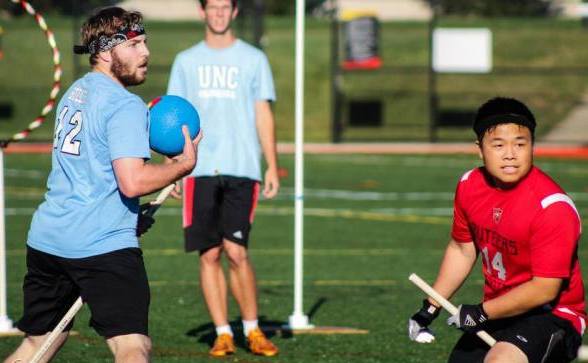
Credit: Nicole Harrig
Hanson: The Mid-Atlantic has already been all but won. If Maryland loses, now THAT would be a story. But the real interest in that tournament comes from how the other teams stack up. The lower-tier teams qualifying last year proved that they could make things interesting at World Cup (Virginia v. Bowling Green, for example), so qualification games could generate interesting results. However, the Mid-Atlantic Regional Championship is the least interesting of the fall regionals.
Midwest should be an adventure, both in results and logistics. I will be happy to be far away from the craziness of a nearly World Cup IV-sized tournament, while hopefully seeing a flood of closely-contested scores updating on my Twitterfeed. The Elite Eight and on should be absolutely fascinating.
Northeast has no shortage of gripping storylines. Now that Boston University is out of Emerson’s way, will the Northeast’s most historically-active team FINALLY be able to claim a regional title? Or will Tufts break Emerson’s hearts, like they love to do? Will Massacre leapfrog both of them? Will The Warriors prove something? Is RIT for real? Is New York City quidditch catching up to Boston?
Sandon: The Mid-Atlantic and Midwest regional championships strike me as dramatically different tournaments. The Mid-Atlantic Regional Championship strikes me as being fundamentally a race for second in which the primary competitors all hope they aren’t on the same side of the bracket as Maryland. The Midwest Regional Championship seems far more interesting, as Ohio State, Kansas, Michigan, Bowling Green and Ball State all could be considered contenders to win, and there are a number of teams outside of that five who could play spoiler and break into the semifinal. After a lackluster performance in the finals of Tournament of the Stars II, Bowling Green has showed considerable improvement in their quaffle game, which I suspect is going to keep them close enough for seeker Sam Roitblat to carry Bowling Green to a second consecutive regional championship.
Who do you define as Tier Two in the Southwest? How do those teams stack up with the top of other regions?
Hanson: Kansas Cup showed that Minnesota and Kansas are better than the Oklahoma and Arkansas teams who were expected to round out a Southwest Tier Two that could compete with top teams in other regions. Midwest Regional Championship should show more insight into how the Great Plains Midwest teams compare to the Great Lakes teams. But for now, it looks like while Texas still has five of the top-10 teams in the game, the Midwest might actually have more top-20 teams than all of the Southwest. Silver Phoenix, San Marcos Sharknados, Osos de Muerte, Austin Quidditch and Clone Star make a fun group of B-teams to the region’s top five and could show huge development over the course of the year. However, they are not yet in the conversation to be a part of the region’s Tier Two.
Sandon: The second tier in the Southwest seems much less well-defined than in previous years, but its probably composed, at least at this point, of: Arkansas, UTSA and Oklahoma State, with challenges coming from Tribe, LSU, Tulane, Loyola, SHSU, Austin Quidditch and, if the hype is to be believed, Clone Star. I also wouldn’t be surprised if Texas Tech starts pushing its way into Tier Two. All in all, we haven’t seen enough play to strongly differentiate the second tier from the third, but, in general, I think there is going to be far less separation this year.
Oelze: I think Texas and Lone Star define Tier One, which lets me play the cop-out and define Baylor and Texas State as Tier Two, with Texas A&M pushing in. I think all of those teams would win or compete for every other regional title. My non-cop-out list would probably be Arkansas and UTSA, with maybe Austin Quidditch pushing in as well. I think those teams would compete for, but not win, most other regional titles.
Schwartz: Most people talk about the “Big Five” in the Southwest—LSQC, Texas, Texas A&M, Baylor, Texas State—as the Tier One teams. This year, I look at it as more LSQC and Texas as Tier One, with Texas State, Baylor and Texas A&M at their heels. Tier Two would then be Austin Quidditch, Silver Phoenix, Arkansas and Tribe. Did you see last year’s World Cup? I’d say those Tier-Two teams stack up pretty damn well to other regions. Would any of them win a regional tournament (excluding the Northwest)? No, probably not, but I wouldn’t want them in my pool.
Pagoada: Last year the Tier Two in the Southwest was occupied by Arkansas, LSU and Austin Quidditch. Two of those teams made it to the Sweet 16 and one made it to the Round of 32. However, this season I believe the Southwest is top heavy with five Tier One teams (which is amazing), and then I wouldn’t consider any other teams even close, making the next level more of a Tier 2.5 or Tier Three. With that being said, I think the top team of every region would easily beat out this tier, with the Tier Two of other regions having matches in snitch range.
What are your thoughts on “+/-” as a quidditch statistic?
Oelze: This response is going to be mostly anecdotal, but during the 2012-2013 season, I went back and watched the video that we had of the regional championships and World Cup and tracked the quaffle +/- of every player there. The Skrewts had four clear best players at that time, and the four of us were at the top of the +/- board. But after that, one of our backups put up a better showing than one of our starters, and the effect of that player is something I would never have caught without +/-. That being said, I think it has weaknesses, particularly in terms of not being scaled toward playing time, which I think would greatly improve the statistic.
Schwartz: I actually like it a lot if it’s taken with a grain of salt. A +/- of a player is often very dependent on the team they play for, i.e. a good player can look bad because their team can’t defend or score particularly well and a bad player good because of the opposite. However where +/- gets really interesting is in the anomalies. If a team is usually in the minus but then player X gets on the field and suddenly they aren’t (and of course vice versa)… The outliers are what make the statistic exciting and taking it usually helps to find undervalued players who, for whatever reason, are crucial to a team’s success.
Sandon: I think that +/- could potentially be a somewhat useful statistic in some cases with a sufficiently large sample size but, for the most part, I don’t think it’ll be terribly useful. Among other things, stronger players are likely to play more minutes against stronger opponents and fewer against weaker opponents, resulting in fewer goals scored while on pitch and more allowed. Additionally, +/- also doesn’t really account for dramatic differences in time played.
Hanson: +/- is at times a great stat, but at times misleading. While Martin Pyne’s Global Game final is a beautiful effort, it’s a relatively meaningless stat that is mostly based on play time, since the bottom of USA’s roster outmatched Australia’s roster. Just look at Hannah Monty, considered to be the most valuable player on the Drop Bears, posting a team-worst of -14. In even games, especially when major runs are involved, it could be a great indicator of matchup problems for certain teams. The Diamond Cup final would be a perfect example of this. Lone Star needs to figure out how they coughed up a 70-point chokehold against Texas State. +/- would be a good, objective start. Well, once we get the video. Please!
Pick between the three for a World Cup favorite right now: Lone Star, University of Texas or the field.
Hanson: Lone Star. Look up my hype train answer if you want more explanation.
Sandon: At this point, I’m going to take the field. While I think the two favorites have to be Texas and Lone Star at present, World Cup is still a long way out, and there are a lot of teams that I think have a fair chance of developing to the point of being able to challenge the favorites. I also think more than a few teams will be able to keep them in snitch range this year. Things are still fairly wide open at this point.
Oelze: I’d love it if someone could just embed a YouTube clip of Dark Helmet saying, “Lone Star!!!” from Spaceballs for my answer. But I guess you’ll just have to pretend I say it like Rick Moranis: LONE STAR!
Pagoada: The field. A lot of bracket play and even pool play games were played in snitch range last World Cup, and I believe the field and the state of Texas are going to be even closer in skill this season.
Schwartz: It’s got to be Lone Star right? They’ve come out and won two Southwest tournaments in a row and just keep impressing time and time again. Their knock, of course, is that they lack the cohesion of top-tier college teams but, with each passing year this core stays together, that becomes less of an issue. Right now, in a two day, nine game tournament, you’d have to take their guys over anyone else by a significant margin.
About Kevin Oelze
Kevin is the co-founder and technical director of The Eighth Man. In his off time, he masquerades as a software engineer, and actively participates in karaoke duels. Despite the rules calling for Jason Mraz-only duels, his go-to song is ""Brighter than Sunshine"" by Aqualung.

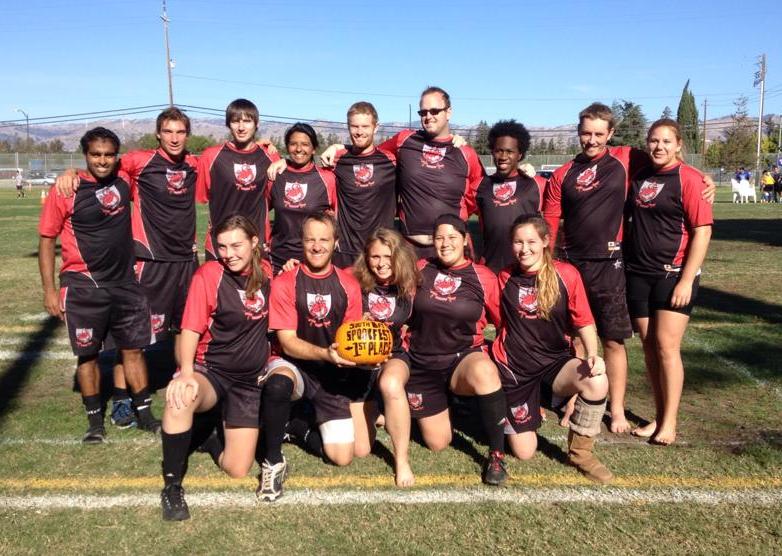
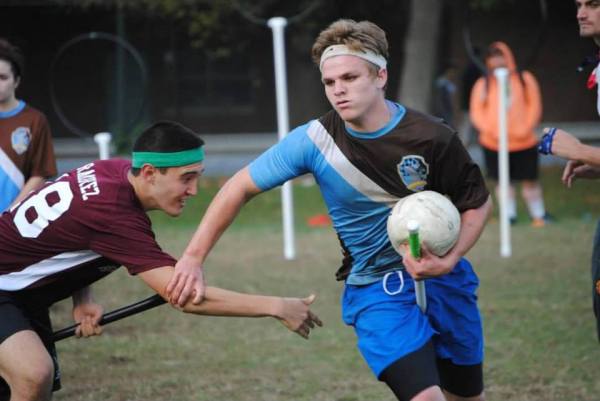
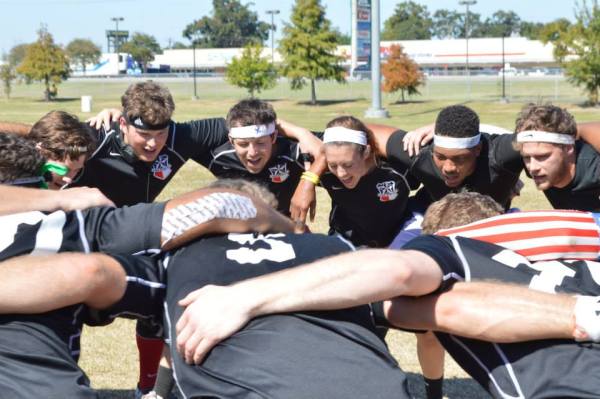
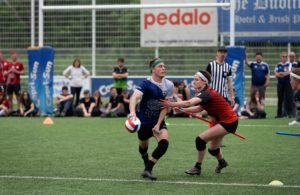

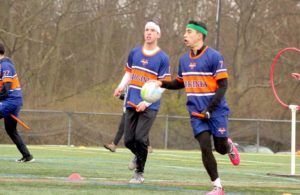
3 Comments